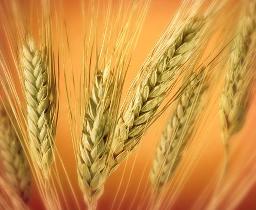Australia: Feed grain potential for pigs explored

A unique grains harvest is underway to explore the potential of growing quality barley and wheat specifically for pig feed.
The research brings together the Department of Agriculture and Food, Murdoch University and InterGrain, as part of a diverse project funded by the Pork Cooperative Research Centre (CRC).
Department senior researcher Bruce Mullan said more than 100 wheat and barley lines had been selected to assess their merit as a quality pig feed.© Dr Mullan said near infrared spectroscopy (NIRS) calibrations to determine the digestible energy content of cereal grains were now available from the Pork CRC, allowing researchers to identify lines with higher feed potential.©
“We’re looking for lines with high energy characteristics, which can vary based on either genetic or agronomic practices, that can increase pig growth rates via improved nutrition without increasing feed costs,” he said. “Cereals account for about 60 per cent of pig producers’ feed costs at a rate of about $100 per pig. It’s a big cost, which could be reduced if we could find more suitable feed varieties.”©
The cereal varieties were planted at Ballaying, Bullaring, Darkan, Katanning and Meckering and another 14 sites across South Australia, Victoria and New South Wales in this first year of the three year project.© Following harvest, the nutritional merit of the varieties will be analysed using the NIRS calibrations and their agronomic potential assessed. In 2010, the most promising material will be field tested again and digestibility trials may be conducted. In the final phase of the project, InterGrain will analyse the commercial potential for any promising lines and investigate commercialisation options to enable pig producers to capture the value of the specifically targeted varieties.©
InterGrain commercial manager Tress Walmsley said encouraging growers to grow a specific feed variety could be a challenge. “We are targeting the highest yielding material so that the additional kilograms per hectare will overcome the milling versus feed price differential,” Ms Walmsley said. “Then if we combine this with a variety that has higher digestible energy we have the potential for the grain producers and pig producers to both benefit.”











